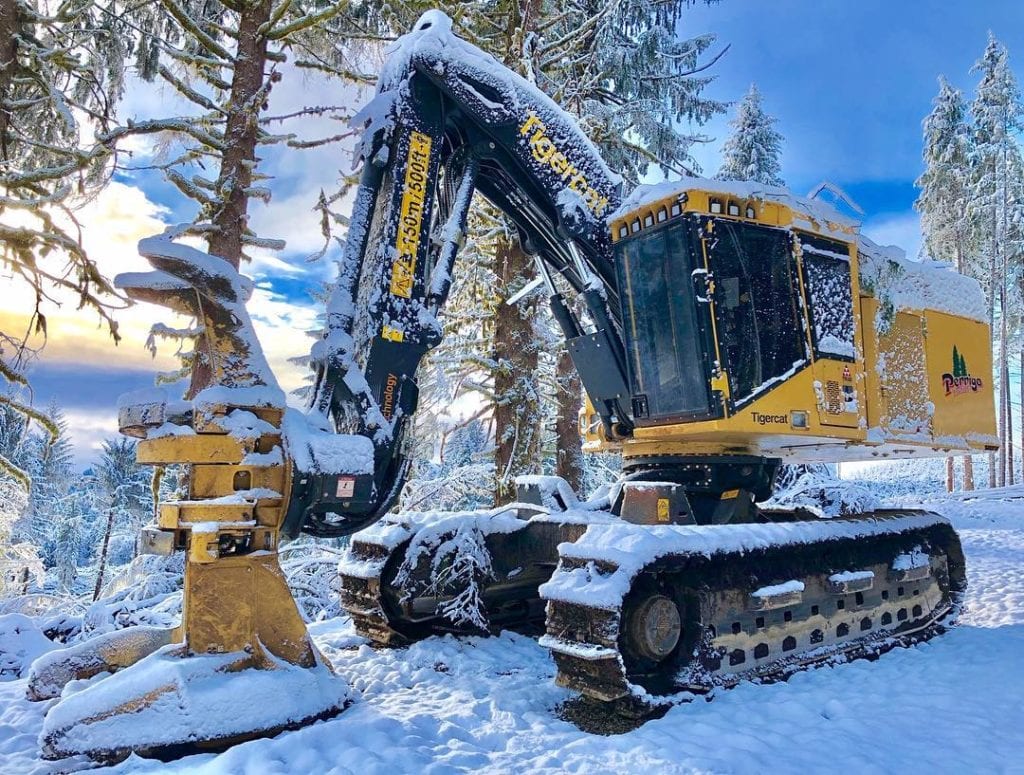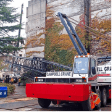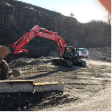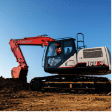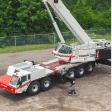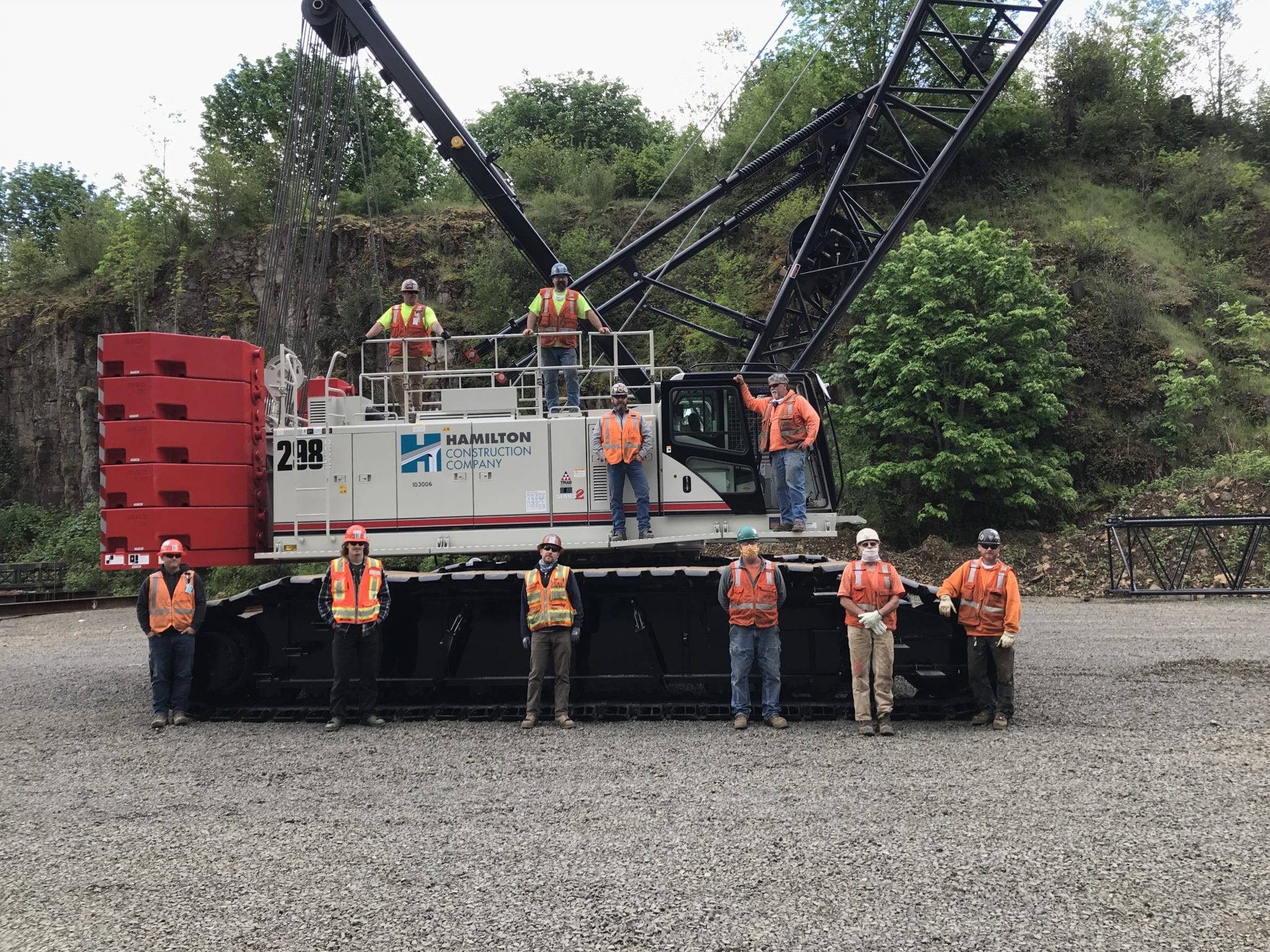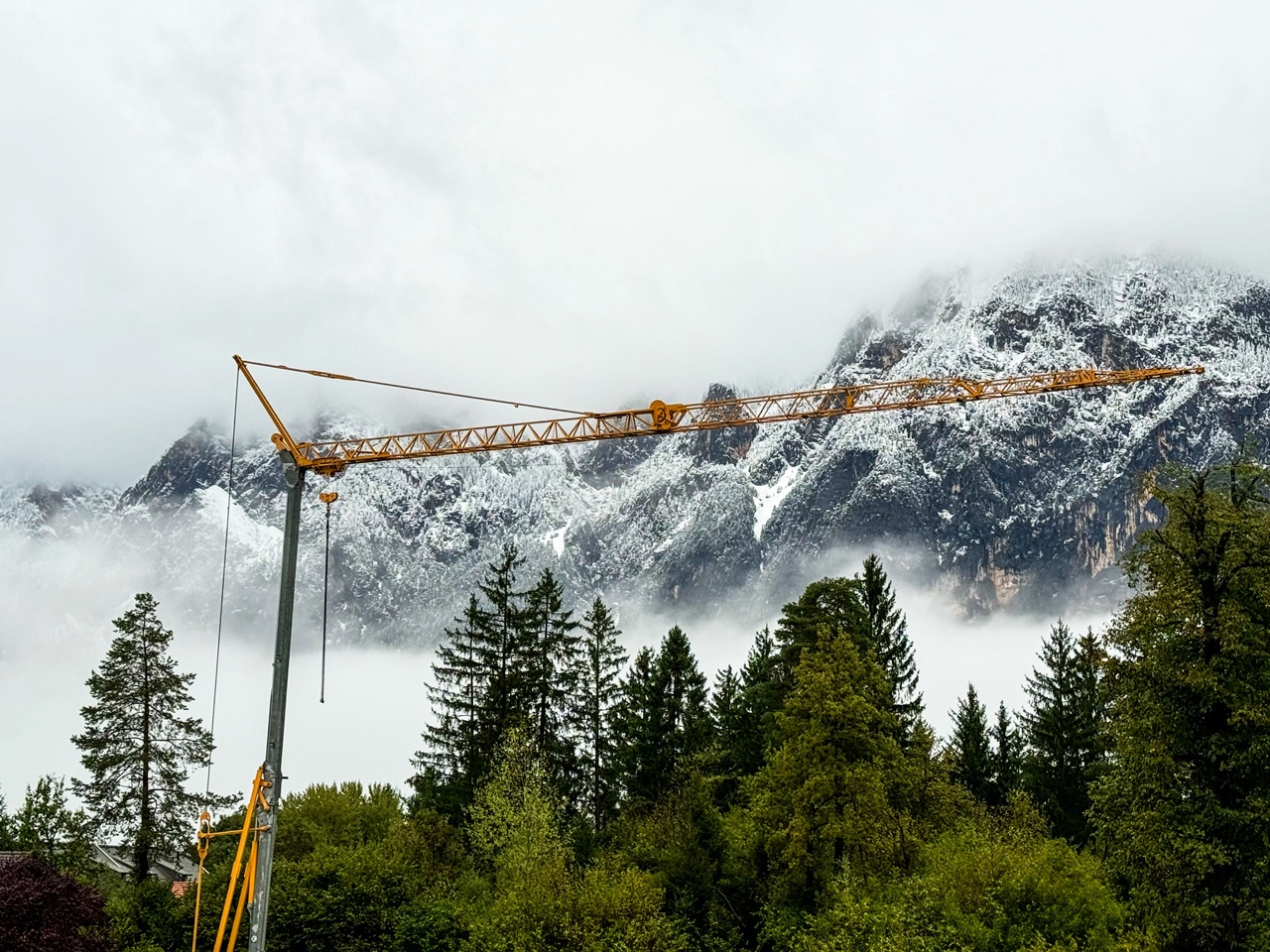Winter weather presents hazards including slippery roads/surfaces, strong winds and environmental cold conditions. While there are no specific federal regulations about working in extreme cold or heat, employees do have a right to a workplace “free from recognized hazards.” That includes exposure to extreme cold and heat. Below are a few tips on preventing slips, trips, and falls on ice/snow:
- Wear footwear that has good traction and insulation (insulated and water resistant boots or rubber over-shoes with rubber treads)
- Make sure to clean the soles of your boots (mud, dirt and debris so you have less chance of slipping)
- Carry extra clothes (as you sweat your clothes get wet or as it rains, or ice / snow melts it will soak into the clothes you are wearing)
- Take short steps and walk at a slower pace to react quickly to changes in traction
In addition to minimizing the risk of bodily injury during cold weather, it is important to recognize the potential hazards to equipment. Some of preventative measures for equipment hazards include:
- Ensure ladders or stairs are clear of ice, snow or frost before climbing or walking up
- Use extreme caution when working near electrical power lines or equipment
- Clean your safety glasses more often (fog and dirt will make it harder to see out of)
- Equipment – check your anti-freeze levels on equipment
As always, it is a good practice to warm up your equipment before hitting it hard. Electrical wiring and hoses can become brittle in cold temperatures, so allow those to heat up properly to avoid damage to your equipment.

